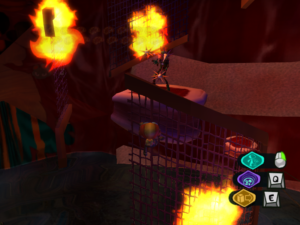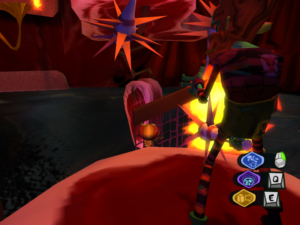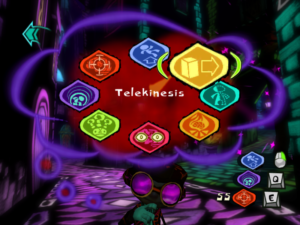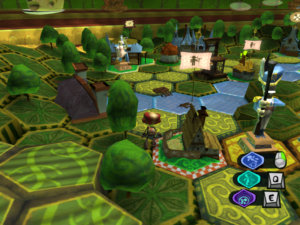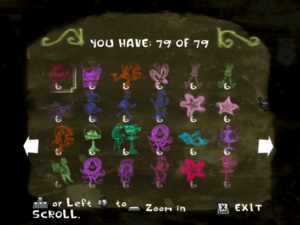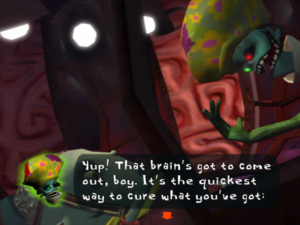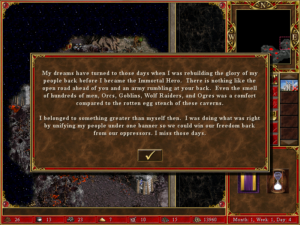SS2E: Cycles of Tension and Resolution
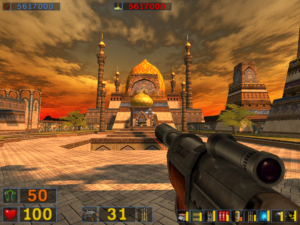 Getting back to Serious Sam for a bit, I’m stuck by how easy it is to get into, at least in comparison to other things I’ve been playing lately. The controls are simple, but more significantly, they’re ingrained. They’re more or less the same cotnrols I’ve used for every first-person shooter since Quake (with some variation in what the right mouse button is used for). This is stuff I doubt I’ll ever forget how to do. It’s like riding an extremely violent bicycle.
Getting back to Serious Sam for a bit, I’m stuck by how easy it is to get into, at least in comparison to other things I’ve been playing lately. The controls are simple, but more significantly, they’re ingrained. They’re more or less the same cotnrols I’ve used for every first-person shooter since Quake (with some variation in what the right mouse button is used for). This is stuff I doubt I’ll ever forget how to do. It’s like riding an extremely violent bicycle.
I’ve covered about two levels of the game today, starting somewhere in the middle of level 6 and ending somewhere in the middle of level 8, heading through Persepolis to the Tower of Babel. (Again I remind you to not even bother trying to make sense of this in terms of real-world history or geography. The aliens have removed the entire area from normal time and space or something.) I’m noticing a repeated pattern of tension and resolution here. You start relaxed: you’re in a room without enemies, probably with a bunch of health and ammo items. Venturing forth, you enter a large outdoor area with some distant monsters charging at you or firing at you. More will spawn as you hit trigger points within the area, so it’s best to take it slow: take down the hostiles, advance, repeat. Eventually, your way is blocked by a locked door. In order to open it, you need to go to one or two side areas, which are similar open spaces containing small structures with key items or levers or something of the sort to open the door, together with a bunch of ammo. There’s some apprehension about this, because you know that activating it will also cause a bunch of new monsters to spawn in the area you’ve just crossed, and you’ve got a moderately tough battle ahead of you. After a while, though, you make it back to that door and into some hallways. The tension kicks up a notch: you can’t see things coming from far away, and there isn’t a lot of room to dodge, so you need to be more on-the-ball than you were outside. There may not be any large battles, but there are lots of little surprises, and every Kleer Skeleton that leaps at you from the side when you go through a doorway will take a noticable chunk of health off. Finally, you get to the big fight for the area, wave after wave of increasingly-powerful enemies in a room you can’t exit until you’re the last thing standing. Your reward for victory is access to a room with a bunch of health and ammo and no enemies. And the cycle begins anew.
 Comments(0)
Comments(0)